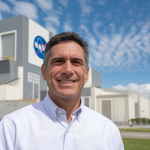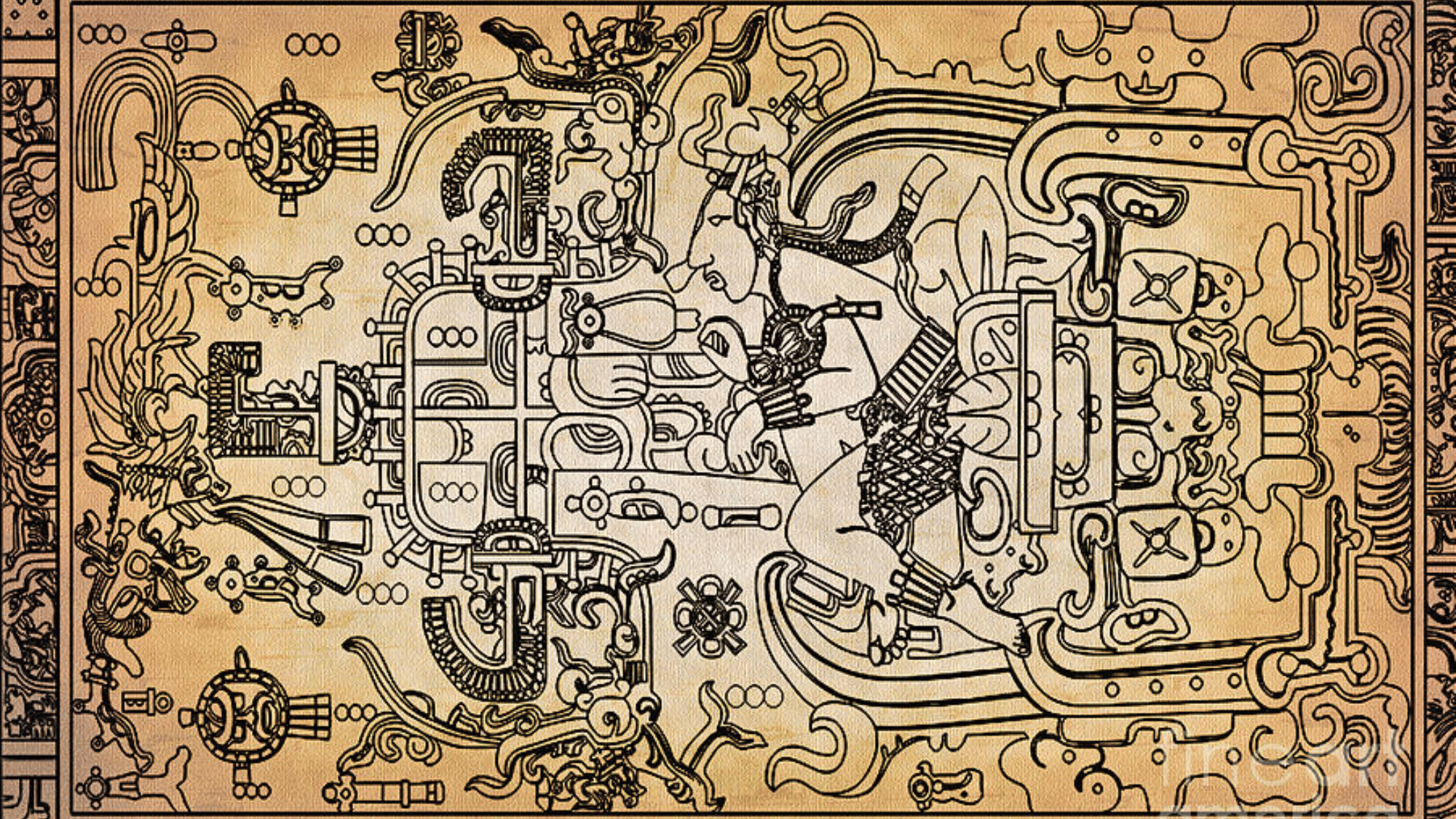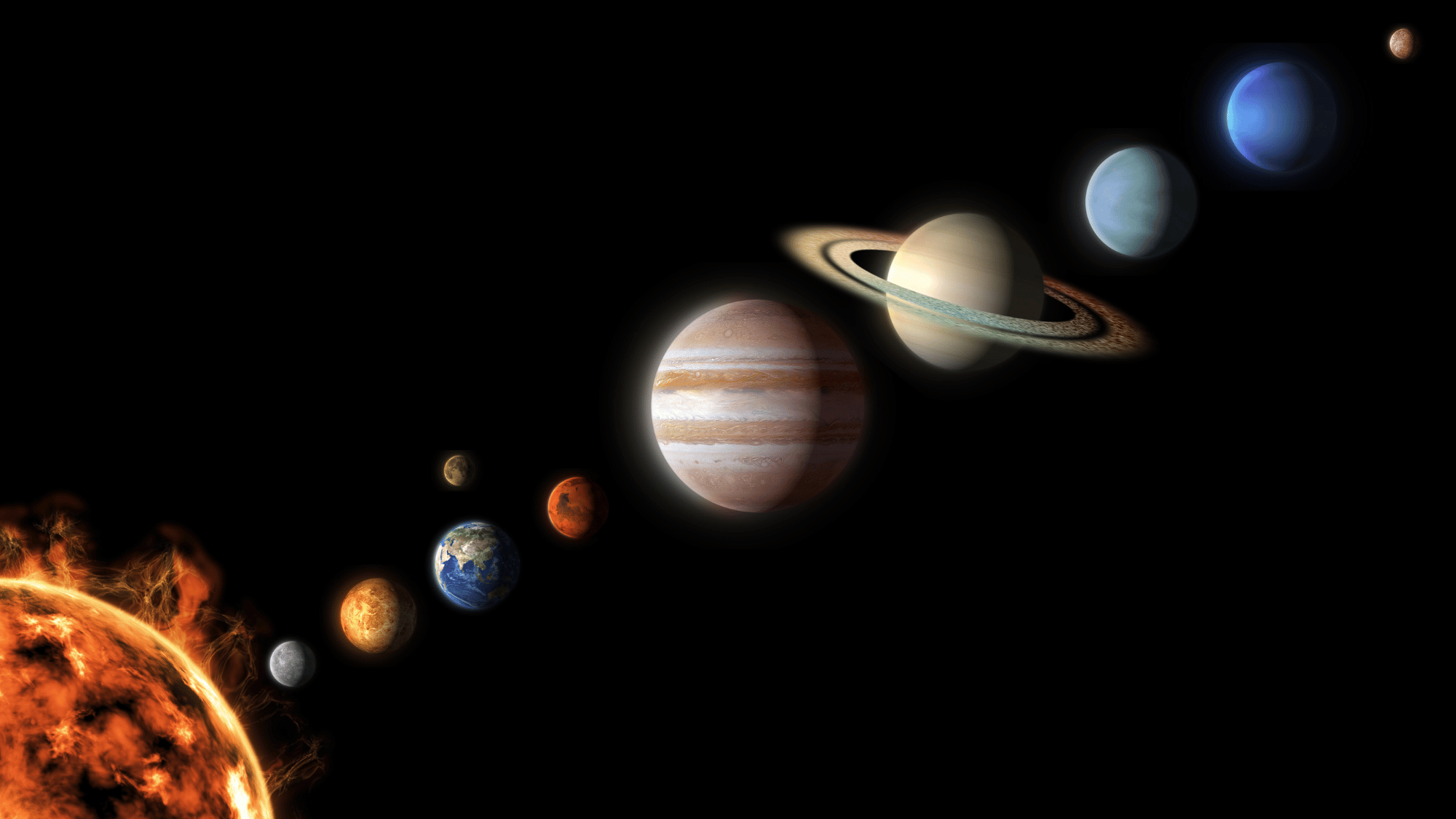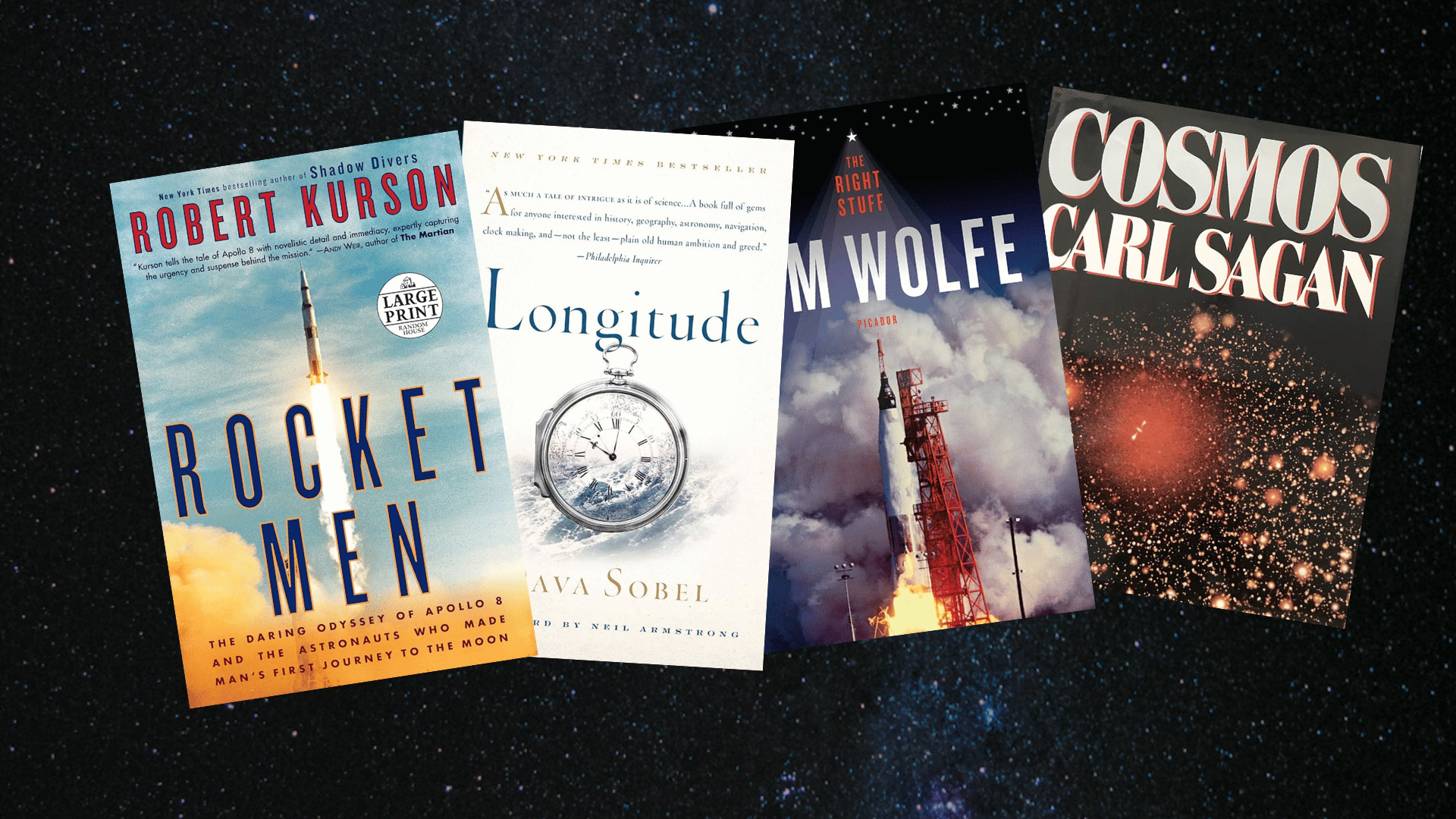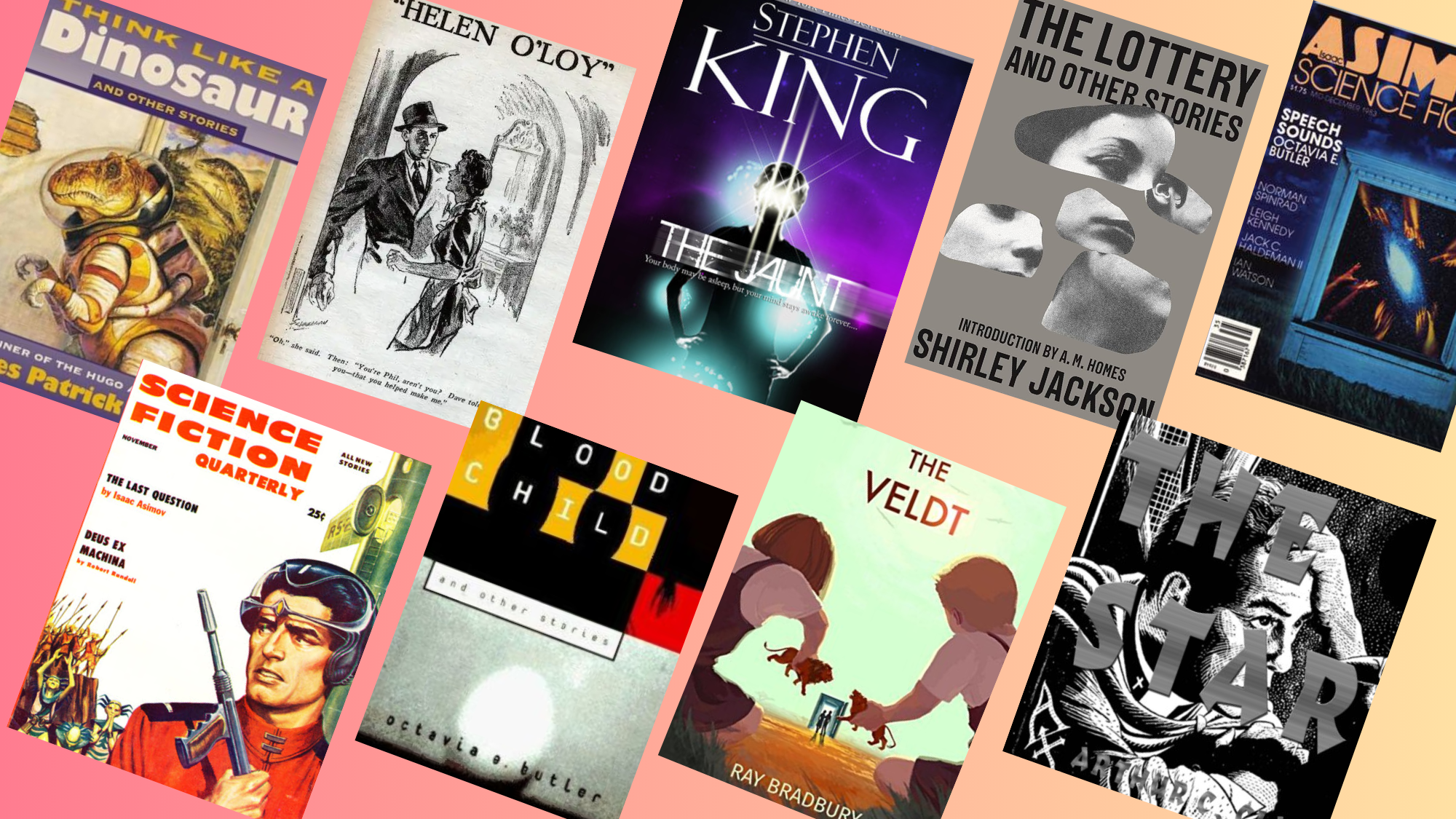For centuries, ancient civilizations have left behind mysteries that spark our imagination, and few are as intriguing as the story of the Mayan astronaut.
This phrase refers to the elaborate carving found on the sarcophagus lid of Kʼinich Janaabʼ Pakal, better known as Pakal the Great, ruler of the Maya city-state of Palenque.
Some see in the artwork a figure that looks uncannily like an astronaut traveling in a Mayan spaceship, while others interpret it as rich symbolism tied to Maya religion and cosmology.
If viewed as history or speculation, the Mayan astronaut continues to captivate people worldwide, keeping Pakal the Great at the center of one of archaeology’s most debated puzzles.
Who was Pakal the Great?
Kʼinich Janaabʼ Pakal, often called Pakal the Great, was one of the most influential rulers of the Maya world.
Born in 603 CE, he ascended the throne of Palenque at the tender age of twelve and reigned for nearly seven decades, until his death in 683 CE.
Under his leadership, Palenque experienced significant growth, marked by impressive advancements in architecture, art, and governance.
He commissioned monumental structures such as the Temple of the Inscriptions, which became his final resting place.
Beyond building achievements, Pakal strengthened Palenque’s political power and cultural identity, leaving a legacy that continues to fascinate historians. His long reign is remembered as a golden era in Maya history.
The Sarcophagus Lid and the “Mayan Astronaut” Theory
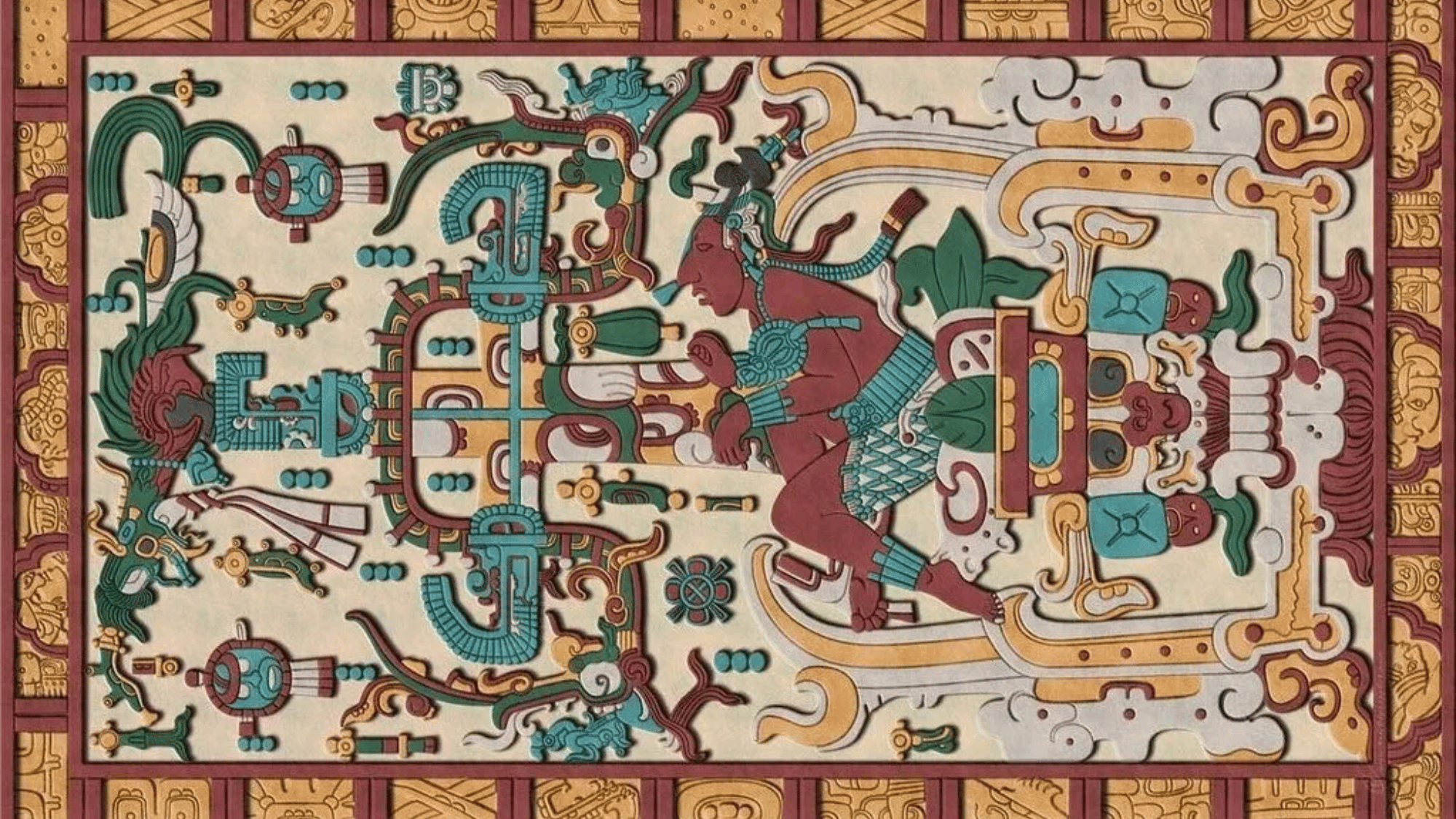
Image Source: Afrikaiswoke
Pakal the Great was buried in the Temple of the Inscriptions, one of Palenque’s most remarkable structures.
Inside lies his massive stone sarcophagus, whose intricately carved lid has become the subject of worldwide fascination.
The artwork depicts Pakal in a reclining position surrounded by elaborate cosmic and mythological symbols.
While archaeologists view the imagery as a representation of his tour into the underworld and the Maya cosmos, some modern interpretations see something different.
Writers and enthusiasts of the ancient astronaut theory argue that Pakal appears to be seated like a pilot, manipulating controls, with flames beneath him resembling the exhaust of a rocket.
This bold idea gave rise to the enduring image of the Mayan astronaut aboard a Mayan spaceship, sparking one of archaeology’s most controversial debates.
Ancient Astronaut Theories and Popular Culture
The ancient astronaut theory gained popularity through modern books and media, transforming Pakal’s sarcophagus lid into a symbol of mystery, speculation, and cultural fascination.
- The idea of a Mayan astronaut gained global attention in 1968 with Erich von Däniken’s book, “Chariots of the Gods?”
- Von Däniken suggested that ancient civilizations may have encountered extraterrestrials, pointing to Pakal the Great’s sarcophagus lid as evidence.
- According to this interpretation, Pakal is shown reclining like a pilot, with his hands on what seem to be controls, and flames beneath him that resemble the exhaust of a rocket.
- Archaeologists, however, see the carving as symbolic imagery tied to Maya cosmology and beliefs about the afterlife.
- Even though von Däniken’s theory was debated in scholarly circles, it captured the public imagination.
The True Genius of Mayan Science and Innovation
The true genius of Mayan science and innovation lies in their mastery of astronomy, mathematics, and engineering, achievements that shaped their civilization and still inspire awe today.
Astronomy

Image Source: MemoryCherish
The Maya were expert astronomers who closely observed the skies to track the movements of the sun, moon, and planets.
Their observations allowed them to create highly accurate calendar systems, such as the 260-day sacred calendar (Tzolk’in) and the 365-day solar calendar (Haab’).
They even predicted solar and lunar eclipses with remarkable precision.
Astronomy was deeply tied to their religious and agricultural practices, guiding everything from rituals to the planting and harvesting of crops.
Mathematics
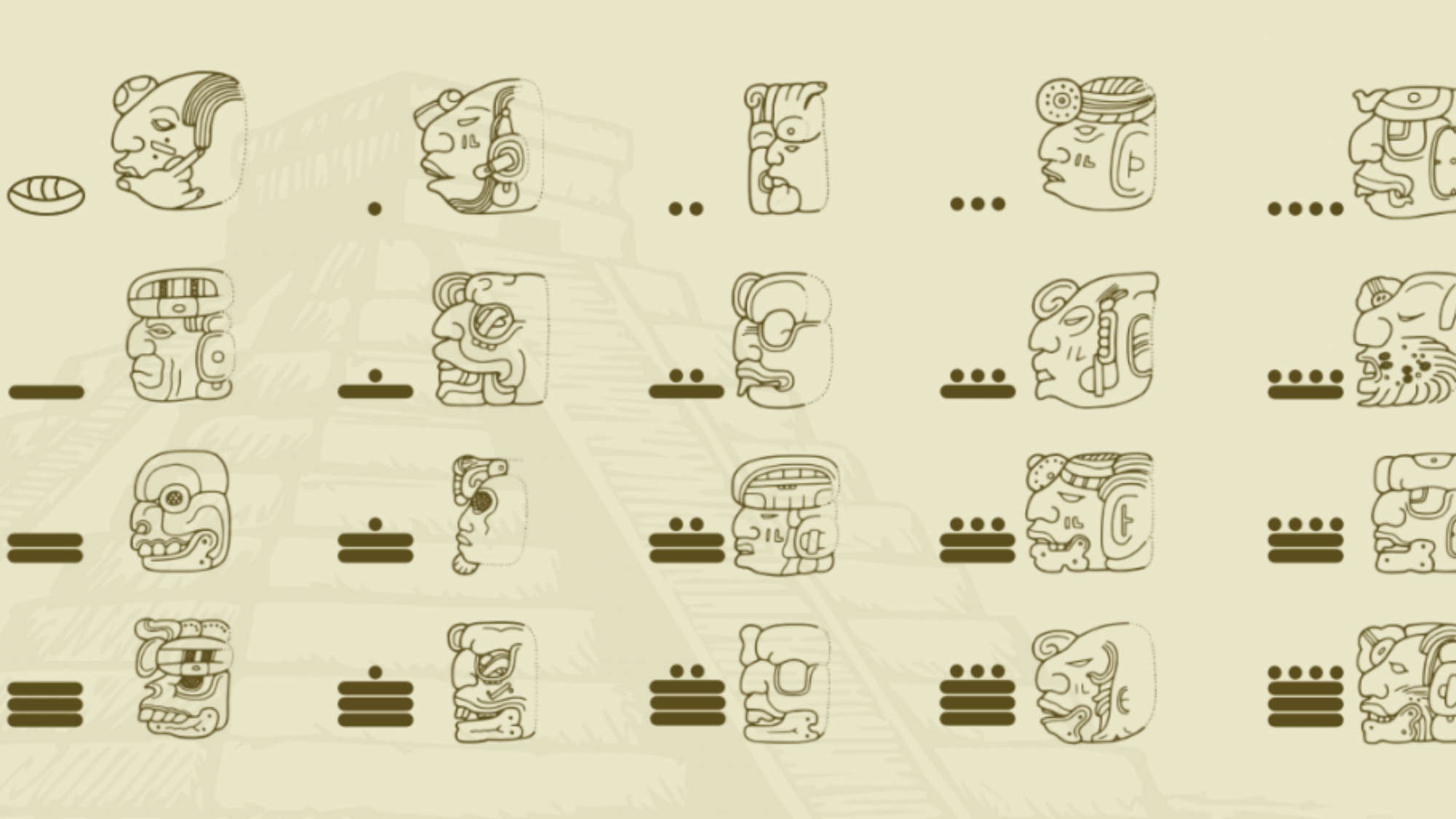
Image Source: Mayan Peninsula
One of the Maya’s most remarkable achievements was the independent development of the concept of zero, a discovery made by only a few ancient civilizations.
This innovation enabled them to perform advanced calculations and develop a place-value number system, which was crucial for their calendrical and astronomical accuracy.
Their mathematical system, based on dots and bars, was both simple and powerful.
It helped them measure vast time cycles, record dynastic histories, and align their monumental architecture with celestial events.
Engineering

Image Source: Gaia
Mayan engineering showcased ingenuity and culture, even in the absence of metal tools or the wheel. They constructed towering pyramids, temples, and palaces, many of which still stand today.
Their road networks, called sacbeob, connected cities across difficult terrain.
They also developed advanced techniques in water management, including aqueducts, reservoirs, and raised fields for agriculture.
These innovations allowed them to thrive in challenging environments, sustain large populations, and leave behind architectural wonders that continue to astonish modern engineers and historians alike.
Archaeological Interpretation of the Mayan Astronaut
The archaeological interpretation views Pakal’s sarcophagus lid not as a spaceship, but as rich Maya symbolism reflecting death, rebirth, and the cosmic order.
- Cosmic World Tree: The carving shows Pakal descending into the Maya underworld (Xibalba) at the moment of death and rebirth, traveling along the sacred World Tree that links the heavens, earth, and underworld.
- Symbolic imagery: What ancient astronaut theorists describe as rocket “flames” are actually the roots of the World Tree and the Earth Monster’s head, symbols of the underworld gateway.
- Spiritual transformation: Pakal’s posture is not that of a pilot but a ritual pose of rebirth, symbolizing his emergence from a maize seed, a sign of divinity, renewal, and the cycle of life and death.
- Archaeological view: Rather than depicting a Mayan spaceship, the imagery reflects Maya beliefs about kingship, the cosmos, and the eternal journey of transformation.
Why the Mayan Astronaut Still Attracts the World
The story of the astronaut continues to fascinate because it taps into two powerful human interests: space and ancient mysteries.
People are naturally drawn to the idea that advanced knowledge or even alien contact might be hidden in the past.
By blending historical fact with speculative imagination, the theory sparks curiosity and invites endless debate.
Beyond the astronaut interpretation, the carvings on Pakal the Great’s tomb also highlight his enduring legacy as a ruler who left behind one of the most intriguing archaeological records of the Maya world.
Either seen as myth, symbolism, or evidence of something more, the mystery keeps audiences captivated.
Conclusion
The mystery of the Mayan astronaut remains one of archaeology’s most intriguing debates.
While popular culture often imagines Pakal the Great as an ancient astronaut in a Mayan spaceship, scholars emphasize the deeper spiritual meaning of the sarcophagus lid.
Archaeological interpretations highlight Maya beliefs in death, rebirth, and the cosmic order, revealing a civilization of extraordinary scientific and cultural sophistication.
From astronomy and mathematics to engineering marvels, the Maya left a legacy far greater than speculative theories suggest.
If viewed through the lens of myth or history, the story of the Mayan astronaut continues to captivate, reminding us of humanity’s enduring fascination with both the cosmos and ancient civilizations.


